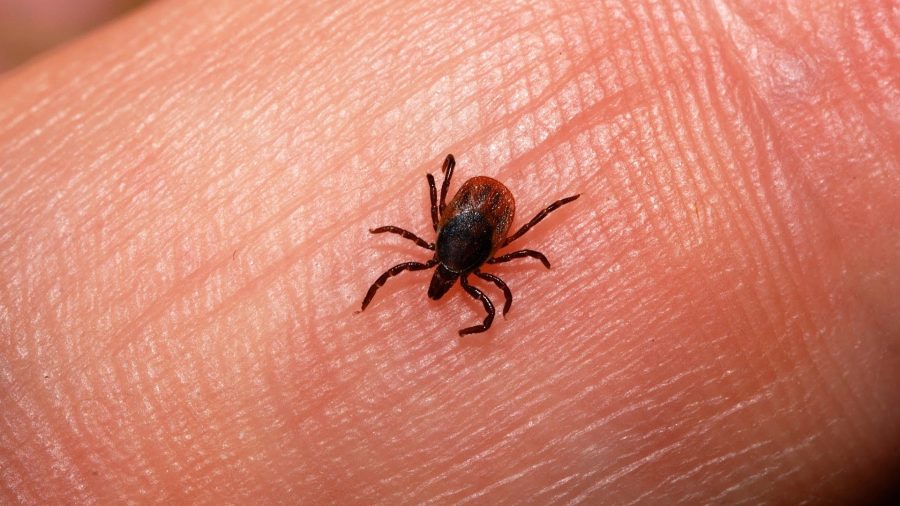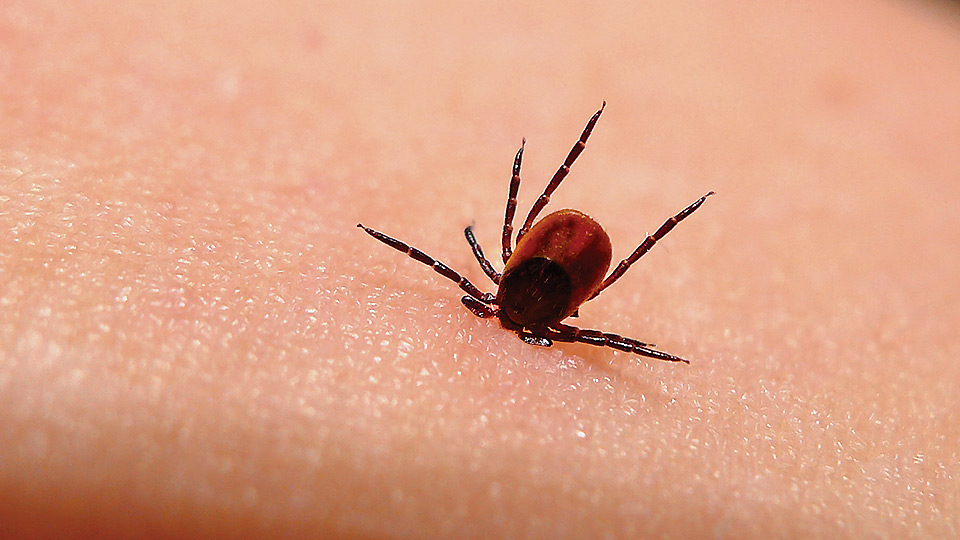The Centers for Disease Control and Prevention has warned of a likely increase in Lyme disease cases this year, as New York has already exceeded expectations compared to other states.
Deer ticks transmit the disease, and they are expected to increase in number due to more acorns falling from oak trees in 2015. Currently, Lyme disease has no preventive vaccine.

Protect yourself from ticks this summer
According to Dr. Richard Ostfeld from the Cary Institute of Ecosystem Studies, mice ate acorns in fall 2015, which triggered a “domino effect” that would cause annual Lyme disease cases due to tick bites to rise. Dr. Ostfeld expects 2017 to be a “particularly bad year” when it comes to Lyme disease cases.
It appears that ticks enjoy living in acorns during winter. As soon as spring comes, they start breeding, and they latch onto mice that feast on those fallen acorns.

In Alabama, the state’s Department of Health officials also agreed with the prediction that ticks would become much more active in the following months. Even if Lyme disease is not as common in Alabama, other diseases prevail depending on the state. In this case, the most common tick-borne illness is spotted fever, and the most common tick is the Lonestar tick, which s characterized by the white spot on its back.
Experts agree that the best way to prevent tick-borne diseases is to avoid getting bit by ticks altogether. Ticks are not susceptible to all insect repellents. Permethrin is a good choice, as it can kill tick larvae, which are the most likely to carry Lyme disease. On the other hand, DEET, which is the most common repellent is useless against ticks.
When going outside, the best choice is to wear clothing that covers both legs and arms, but unfortunately, three out of every four tick bites occur while the person is working at home, particularly while gardening or building something outdoors. Light-colored clothing is also helpful, as ticks are minuscule in size and they are hard to spot in dark clothing.
After being outside, it is also recommended to take a shower and perform a tick inspection. People who shower right after being outside are less likely to be infected because they can spot ticks before they have a chance to land a bite.
Lastly, if a tick is found latching on the skin, it should be removed immediately. Ideally, this should be done using tweezers of some kind, as they tend to burrow into the skin. A visit to the doctor would be the safest bet, but it is considered mandatory if a rash or flu symptoms start to appear. It is also helpful to bring the tick for identification. It can be conserved actually in a jar kept in the freezer.
Source: CBS New York
